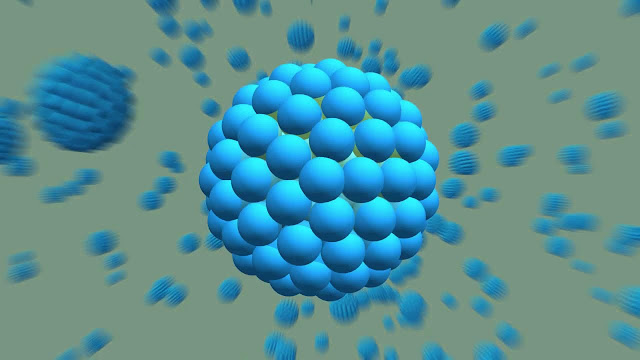Microspheres are often hygroscopic, unstable, and stable at the same time
 |
Microspheres Market
The microspheres are often hygroscopic, unstable, and stable. They are also prone to recrystallization, therefore caution should be taken when choosing the initial ratio of acetylated dextran to methylprednisolone. Drug-loaded polymer microspheres are made using a technique called droplet microfluidics. The end product is a microsphere with consistent particle sizes and drug nanoparticles on the cross-sections. The prepared microspheres had a drug loading degree of 21.8-63.1 wt%, which is 40 to 450 times more than that achieved using conventional techniques. Additionally, in-droplet precipitation dramatically increased the effectiveness of drug loading. However, when the drug loading level increased, the encapsulation effectiveness declined. Microspheres' spherical shape has many advantages for research applications.
In the life sciences
sector, consumables and tools are typically utilized with microspheres in drug
discovery and development, clinical diagnostics, and biomedical research. The
following are some important uses of microspheres in the life sciences: labels
that are luminous, colorful, or fluorescent for detection.
The
treatment or a specific spot is targeted while the medication release is
prolonged thanks to Microspheres
Market and microcapsules. The medicine is uniformly
spread, either dissolved or suspended, within microspheres, which are thought
of as the matrix system. Microspheres typically appear as free-flowing
particles.
Small, spherical
thermoplastic microspheres are made of a polymer shell that encloses a gas. The
volume of the microsphere dramatically increases when heated because the
thermoplastic shell's outer layer softens and the gas inside the shell expands.
The microspheres have an unexpanded particle size that spans from 10 to 32 m.
When completely expanded, the microspheres can grow up to 60 times in volume or
four times in diameter (Ahmed, 2004).
The arterial circulation
(either systemic or specific to the target organ of interest) is injected with microspheres
of a diameter that allows them to be contained in the microcirculation without
rupturing during circulation (typically 15 m), after which the tissue is
harvested and the quantity or concentration of microspheres is assessed. Given
that the distribution of microspheres to the target organ or tissue is
proportional to blood flow, the number of microspheres found inside organ
fragments can be used to estimate the distribution of blood flow.



Comments
Post a Comment